In today’s fast-paced digital landscape and with greater than ever pressure to prove impact, marketing professionals face an ongoing challenge: how to allocate their resources effectively to maximize return on investment (ROI). With countless channels, platforms, and strategies available, it’s crucial to make informed decisions that yield the best results. This is where predictive response models come into play, offering a data-driven approach to optimize marketing efforts and drive higher ROI.
Marketing is an essential function for businesses of all sizes, but it can also be one of the most resource-intensive. Every dollar spent on marketing should ideally translate into revenue, making ROI a critical metric for evaluating the success of marketing campaigns. Traditionally, marketers have relied on historical data and basic analytics to guide their decisions. While these methods provide some insights, they often fall short in delivering the level of precision and adaptability required in today’s competitive landscape. Enter predictive response models, which leverage advanced data science techniques to enhance decision-making and drive better outcomes. Predictive models can increase efficiency and effectiveness of your campaigns driving significant increases in your return on investment.
Predictive response models are data-driven algorithms designed to forecast how potential customers will respond to various marketing stimuli. These models analyze historical data, customer behavior, and other relevant variables to make predictions about future interactions. By doing so, they empower marketers to make more informed choices about where and how to invest their marketing budgets.
There are 6 ways predictive response models can help you to maximize marketing ROI.
1. Targeted Marketing Campaigns
One of the most significant advantages of predictive response models is their ability to segment audiences effectively. Instead of taking a one-size-fits-all approach, marketers can tailor their messaging and offers to specific customers that are more likely to respond positively. Additionally, models predicting the likelihood of a prospect or customer becoming a high value customer can be overlayed with a response model which will ensure that your are not only targeting individuals likely to respond but who also are more likely to become a high value customer. This ensures that marketing dollars are spent where they will have the most impact, increasing the likelihood of conversion amount potential high value customers.
2. Personalization
Customers today expect personalized experiences. Predictive response models can help marketers create highly personalized content and offers based on individual preferences and behavior. When customers receive messages and offers that resonate with their interests and needs, they are more likely to engage and convert, ultimately boosting ROI.
3. Optimal Channel Selection
With numerous marketing channels available—social media, email, search, display advertising, and more—it can be challenging to determine which ones will yield the best results for a particular campaign. Predictive models can analyze historical performance data to identify which channels are most likely to generate conversions for specific audience segments, allowing for more effective allocation of resources.
4. Timing and Frequency Optimization
Timing is crucial in marketing. Sending messages at the right moment can significantly impact conversion rates. Predictive response models can help identify the optimal times to reach out to customers, ensuring that marketing efforts are well-timed and not perceived as intrusive.
5. Budget Allocation
Marketing budgets are finite, and it’s essential to allocate resources wisely. Predictive models can help determine the allocation of the marketing budget across different campaigns, channels, and segments. This ensures that the budget is distributed in a way that maximizes ROI and minimizes wasted spend.
6. Continuous Improvement
Predictive response models are not intended to be static; they should evolve as new data becomes available. Marketers can continually refine and improve their models to adapt to changing consumer behavior and market dynamics. This iterative approach allows for ongoing optimization and better long-term ROI.
While predictive response models offer tremendous potential for improving marketing ROI, they are not without challenges. Gathering and managing high-quality data, selecting appropriate modeling techniques, and ensuring data privacy and compliance are all crucial considerations.
Additionally, predictive models are not infallible; they make predictions based on historical data and assumptions. It’s essential for marketers to use these predictions as a guide rather than as definitive answers. This is especially true for dynamic markets or where companies have made changes to their strategic direction and or target markets. Regardless, marketers still need to monitor campaigns’ performance closely and should be tracking performance vs. what the models have predicted.
In the ever-evolving landscape of marketing, staying competitive requires leveraging the power of data and technology. Predictive response models represent a game-changing tool for marketing data scientists and professionals seeking to maximize ROI. By targeting campaigns, personalizing messages, optimizing channels and timing, and allocating budgets effectively, predictive models enable businesses to make data-driven decisions that lead to better marketing outcomes and, ultimately, improved return on investment. Embracing predictive response models can help marketers navigate the complexities of today’s marketing environment and achieve their goals with greater precision and efficiency. If you are not using them, you are wasting marketing resources and incurring significant opportunity costs.

